Portrait of a dog
Oil on canvas, cm 30 x 40
With frame, cm 45 x 49
Francesco Londonio, born in Milan in 1723, was a prominent figure in the artistic scene of the Lombardy of the eighteenth century, distinguished by his mastery in representing pastoral scenes, landscapes and, above all, animals. His art, which fused naturalistic observation with a rococo taste and a pre-Romantic sensitivity, offers a fascinating look at the rural life and culture of his time. Londonio had a varied and cosmopolitan artistic background. Although the sources do not always agree on the details relating to the first period of his artistic activity (he probably attended the workshop of the painter Ferdinando Porta in Milan), it is known that in his youth he spent a period in Rome, where he had the opportunity to study the great masters of landscape and to deepen his knowledge of classical art: this experience was fundamental for the development of his style, enriching it with compositional and prospective elements. During his formative years he also stayed in Parma, where the works of Correggio deeply affected him and irreversibly shaped his visual imagery. In his youth, the artist also studied engraving alongside the acclaimed Lombard master Benigno Bossi, reaching good results even with regard to this art form. The first certain work by Londonio is identifiable with a drawing from life, A bull and a cow at rest, dated 1753 and kept in the Biblioteca Ambrosiana of Milan. His first signed painting, Livestock Market, dates back to 1756 and is currently in a private collection in Milan. Londonio concentrated mainly on painting animals and rural scenes, often depicting shepherds and cattle. What most distinguishes the production of the painter from Milan is his extraordinary ability to portray animals.

















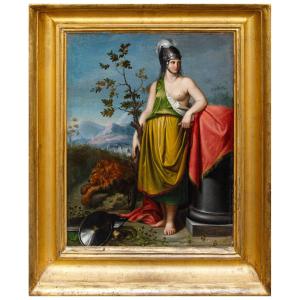



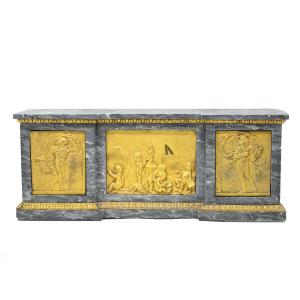
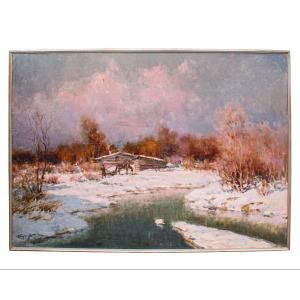



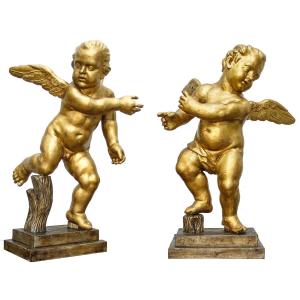



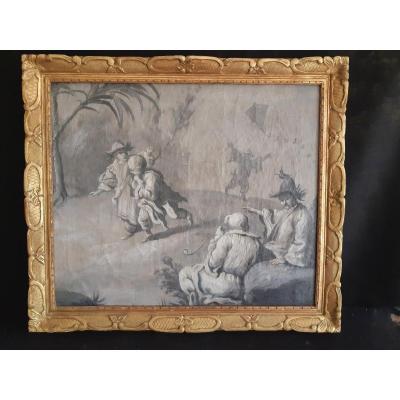






 Le Magazine de PROANTIC
Le Magazine de PROANTIC TRÉSORS Magazine
TRÉSORS Magazine Rivista Artiquariato
Rivista Artiquariato